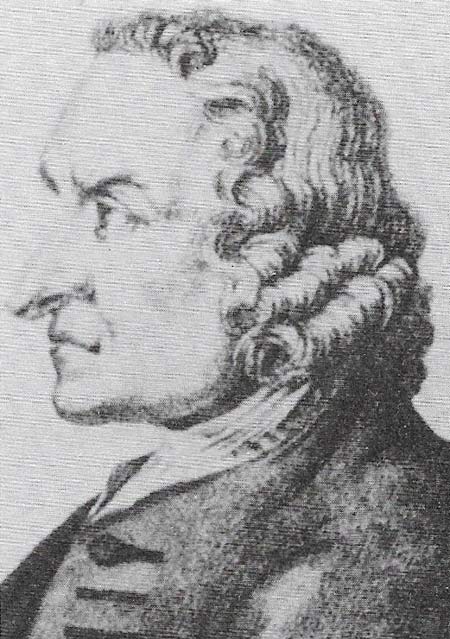sonata

Giuseppe Tartini, composer of 191 violin sonatas.
The sonata is a work for solo piano, or a solo instrument accompanied by piano, in three or four movements.
Sonata form, sometimes known as first movement form, describes the structure of the first movement of many sonatas, symphonies, and often overtures. It falls into three sections: exposition, development, and recapitulation. The exposition introduces two contrasting themes in related keys. These are developed and heard again in the recapitulation, this time in the same key.
Origins
The derivation of the term "sonata" is not obvious. It arose during the 13th century to indicate a new concept in 'art' music: a piece for instruments alone which was important enough to merit its own generic category. The word sonada occurs in France, Spain, and Germany, denoting various types of instrumental pieces, and by the 16th century the Italian version sonata (= "something played") was being used as the antithesis of cantata (= "something sung"). Shakespeare (d. 1616) used "sonnet" as a stage direction for a trumpet signal. However, the sonata did not acquire its present meaning until the mid- to late-18th century, when the concept of tonal conflict between two or more themes resulted in the term "sonata-form", which is now applied to instrumental pieces which exploit this conflict in an established way.
By 1700 the sonata was well established and was to remain the favorite chamber form for small groups. Some composers became exceptionally prolific: Tartini wrote more violin sonatas (191) than anyone else, and Johann Joachim Quantz wrote 204 flute sonatas, mostly for the use of his employer King Frederick the Great of Prussia. The king himself managed to contribute a further 120 of his own.
Early milestones
1597 – G. Gabrieli's sonatas for multiple choirs.
1605 – First organ sonatas: Adriano Banchieri (1568–1634), written for use in church services between hymns and lessons.
1610 – First solo sonatas (instrument unspecified) with continuo, and first trio sonatas (violin, cornett, and continuo): Giovanni Paolo Cima (fl. 1600–1622)
1613 – First two-violin sonatas: Biagio Marini (c. 1587–1663).
1638 – First sonatas for two unaccompanied trumpets: Girolamo Fantini (fl. 1630–1638)
1641 – First harpsichord sonatas (with alternative use for organ): Gioanpietro Del Buono.
1645 – First sonatas for a low instrument: the Compositioni musicali by Giovanni Antonio Bertoli (died c. 1645 or later) for dulcian (en early bassoon); but, mindful of their limited appeal, Bertoli suggested that other instruments, or perhaps even singers, might perform this.
1664 – First sonatas for unaccompanied violin: H. I. F. Biber (1644–1704).
1680s – First cello sonatas: Domenico Gabrieli (1651–1690)
1688 – First sonatas for viola da gamba and continuo: Johannes Schenk (1600–1712)
c. 1703 – First sonatas for two harpsichords: Bernardo Pasquini (1637–1710).
Harpsichord and piano sonatas
Most of the earlier sonatas required the continuo support of harpsichord (and often of low stringed instruments), but the emancipation of the harpsichord gradually occurred, a process that was complete by the time of Domenico Scarlatti. His is the largest corpus of sonatas by one composer in the history of music. There are at least 555 harpsichord sonatas, the majority of which are single-movement pieces which exploit and extend the accepted abilities of the instrument.
The first true piano sonatas were written by Lodovico Maria Giustini (1685–1743), whose Op 1 published in 1732 contains 12 works. But the high point of the classical solo keyboard sonata (all often played on pianoforte, but earlier examples are more effective on harpsichord, clavichord, or fortepiano) ended in 1831. The output of these four composers has not been surpassed in quality:
Franz Joseph Haydn (1732–1809): 47 sonatas between c.1760 and c.1795.
Wolfgang Amadeus Mozart (1756–1791): 28 sonatas between 1766 and 1787.
Ludwig van Beethoven (1770–1827): 35 sonatas between 1783 and 1822.
Muzio Clementi (1752–1832): 79 sonatas and 9 duets between 1765 and 1831.


